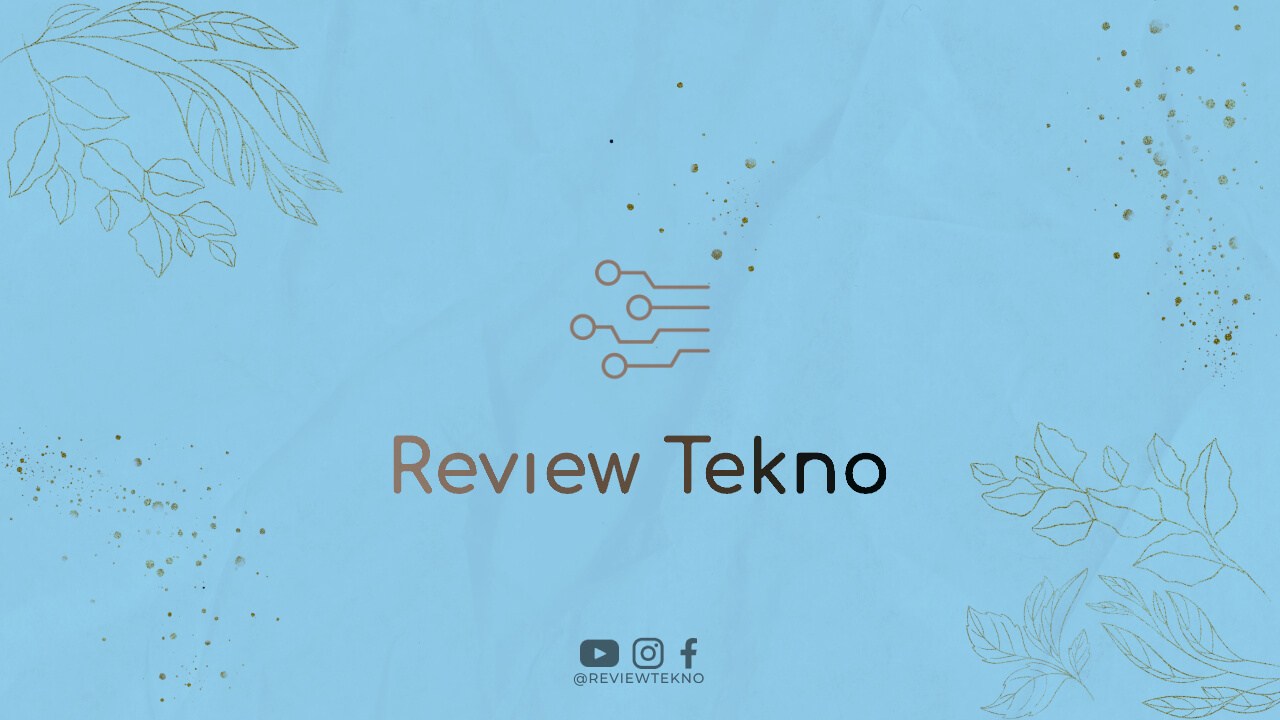As technology continues to advance, it is no surprise that the traditional banking system is evolving too. With the rise of digital banking platforms, people are now able to access financial services anytime, anywhere, and at their convenience. In this article, we will dive deeper into what digital banking platforms are, their benefits, and how they are changing the way we bank.
What is a Digital Banking Platform?
A digital banking platform is an online or mobile-based platform that offers financial services to customers. These platforms allow customers to perform banking transactions such as opening an account, transferring funds, paying bills, and more, all from the comfort of their own device. Digital banking platforms are powered by advanced technology such as artificial intelligence, machine learning, and blockchain, which makes them more efficient and secure than traditional banking systems.
The Benefits of Digital Banking Platforms
Digital banking platforms offer several benefits to customers, including:
Convenience
Digital banking platforms offer the convenience of performing banking transactions from anywhere, at any time. Customers no longer have to visit a physical bank branch to perform transactions, saving them time and effort.
Accessibility
With digital banking platforms, customers can access their accounts and perform transactions from any device with an internet connection. This makes banking services more accessible to people who live in remote areas or have mobility issues.
Cost Savings
Digital banking platforms offer lower transaction fees compared to traditional banking systems. This is because they have lower overhead costs such as rent, utilities, and staff salaries.
Personalization
Digital banking platforms use advanced technology to offer personalized services to customers. For example, customers can receive personalized investment advice based on their financial goals and risk tolerance.
How Digital Banking Platforms are Changing the Way We Bank
Digital banking platforms are disrupting the traditional banking system in several ways:
No Physical Branches
Digital banking platforms do not require physical branches, which means they can reach a wider customer base and offer services to people who live in remote areas.
24/7 Availability
Digital banking platforms are available 24/7, which means customers can perform banking transactions at their convenience, even outside of traditional banking hours.
Advanced Security Features
Digital banking platforms use advanced security features such as biometric authentication, two-factor authentication, and encryption to ensure that customer data is secure and protected.
Integration with Third-Party Apps
Digital banking platforms can integrate with third-party apps such as budgeting apps and investment apps, which makes it easier for customers to manage their finances.
Conclusion
Digital banking platforms are the future of banking. They offer several benefits to customers, including convenience, accessibility, cost savings, and personalization. As technology continues to advance, we can expect digital banking platforms to become even more advanced and offer more services to customers. If you haven’t already, it’s time to consider switching to a digital banking platform and take advantage of the benefits it offers.

